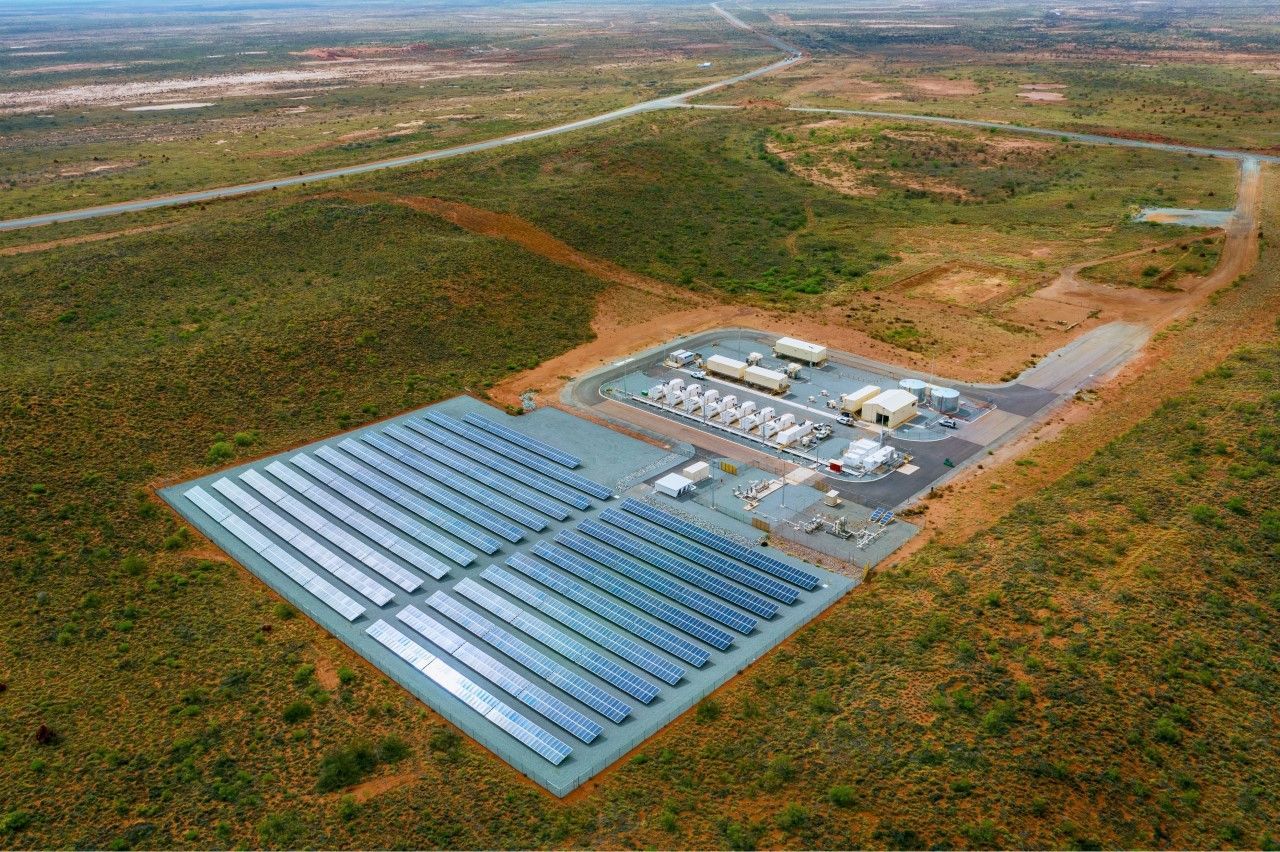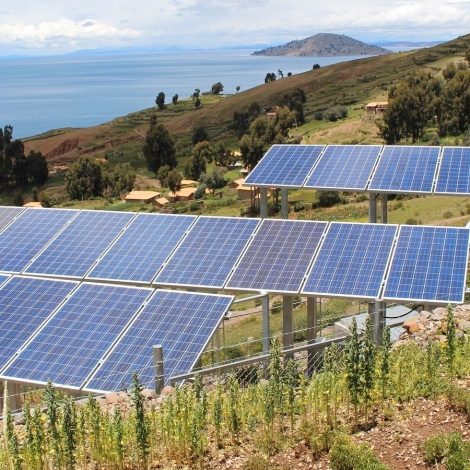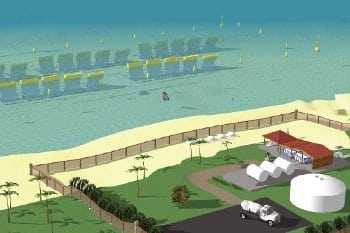The Philippines is facing an energy crisis, and solar micro-grids are a part of the mix of solutions needed to supply our nation’s power.
“In the Philippines, almost 1.3 million households could face power outages in 2023 due to a lack of funding from the National Power Corporation,” Energy Tracker Asia reports.
The crisis has a few causes, and one is the Malampaya natural gas fields. Malampaya supplies almost a third of the energy consumed in Luzon, the largest and most populous island in the Philippines archipelago. The natural gas fields are expected to run dry by 2024. Another issue has been the impact of the global pandemic and other global events. The international cost of natural gas has skyrocketed, leaving the Philippines without cheap import options. The energy sector has had to adjustment to ensure continued consumer energy provision.
The Philippines’ energy mix is composed of coal (47%), natural gas (22%), renewable energy (hydro, geothermal, wind, solar) (24%), and oil (6.2%), according to the International Energy Administration. Our energy capacity is 23GW. About 43 GW of additional energy capacity will be required by 2040, the IEA says, and our country is behind schedule in developing solutions.
Renewable energy is part of the mix, but more is needed to significantly reduce the country’s carbon footprint, since non-renewable sources remain dominant. Using fossil-fueled electricity may continue, but the goal of shifting to environmentally friendly alternatives has remained the same.
Solar energy trends in the Philippines
Companies in the Philippines have taken the initiative to develop solar projects to combat the effects of carbon emissions. Many are set to begin operation within the coming years. There are also efforts to create expansive solar farms in the Luzon region to help the country transition to reusable energy.
By 2030, the Philippines is projected to add 17,809 MW of solar capacity. The solar energy market in the Philippines could record a compound annual growth rate (CAGR) of 15 percent during the 2022-2027 period. For context, the global CAGR for solar is estimated at 6.5 percent for the 2022-2028 period, according to Vantage Market Research.
Solar energy has already become widely used in several parts of the Philippines. With the sinking cost of solar photovoltaic panels, a new generation of renewable energy is now possible for distribution to private residences. Solar energy’s production cost is set to decrease significantly by 2025, which could make solar the cheapest energy source in the Philippines. Added to the savings, appliances such as air conditioners designed to run on DC power are reducing utility costs.
Solar Microgrids and Their Uses

Photo courtesy of the author
Solar-powered microgrids differ from solar home systems in that one system can serve multiple buildings. A solar microgrid is a small, freestanding network of electrical loads, energy storage batteries, and photovoltaic systems. Usually, it is connected to a macro grid (centralized grid), but it can also function independently.
Solar microgrids provide a handful of benefits besides the provision of clean energy.
- They can improve local energy distribution and bring energy to places the centralized grid cannot reach.
- They can be fast and easier to install than traditional grids and powerplants.
- They can reduce congestion and peak loads in the macro grid, offloading the centralized grid and reducing energy demand.
Microgrids are particularly suited to the Philippines. They can be installed in multiple configurations depending on the need, including as the power source for an island. The Philippines is composed of 7,640 islands, and traditional power grids are not practical in many of the communities living on our islands.
Switching to solar microgrids
Solar microgrids are the key to creating a sustainable future. Not only do they generate clean and renewable energy, but they also make it accessible to areas without reliable power sources. Through solar microgrids, more people can reduce their environmental impact and help preserve the planet for a little longer.
About the Author
Mayann Uy works with SolarNRG Philippines. Its parent company, SolarNRG Netherlands, is one of Europe’s largest suppliers and installers of solar power systems.

